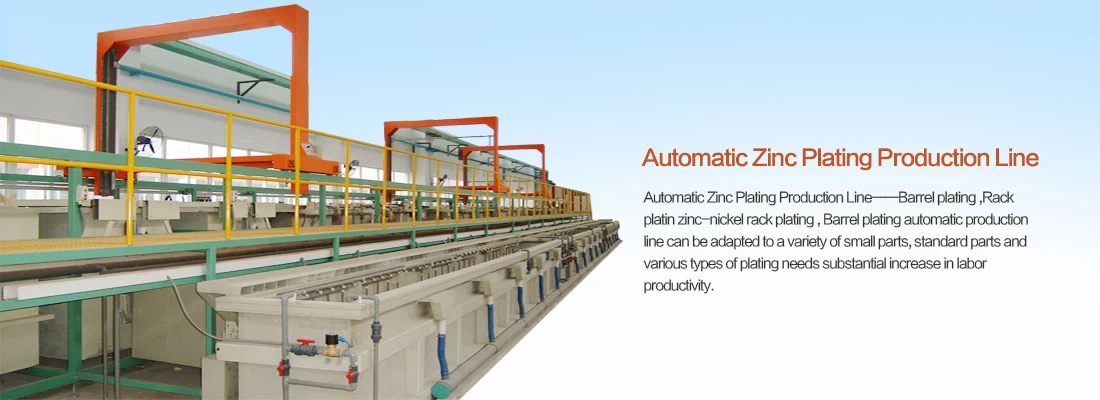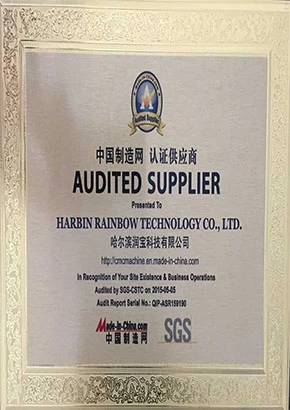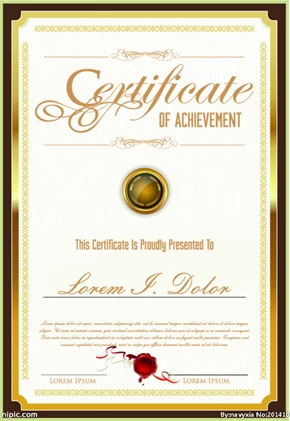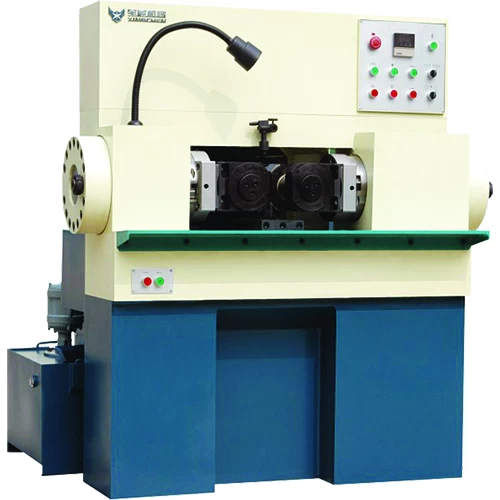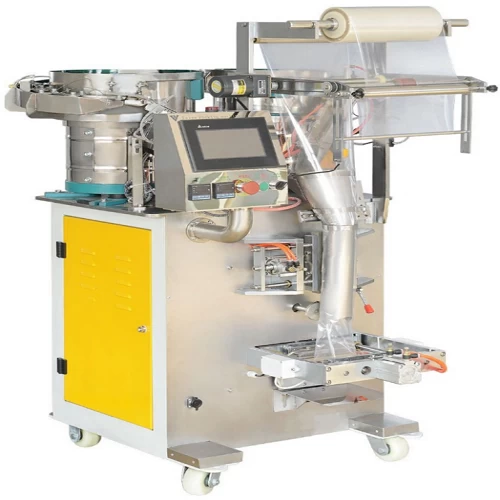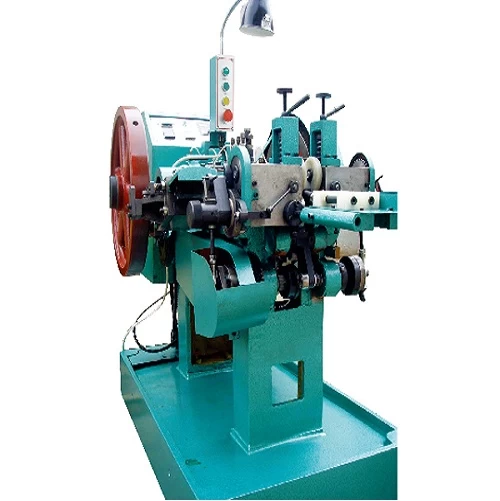When are washers used with fasteners and why?
A washer is a thin plate with a concentric hole that’s typically used to evenly distribute the load of a threaded fastener. Before a threaded fastener (such as a screw) is driven into a surface, a washer may be placed through the end for greater protection.
This prevents the bolt head and nut from scratching or indenting the surfaces of the two fastened parts, which could ultimately loosen the fastener. Additionally, driving a screw into wood might cause the wood to crack around the surface and a washer helps to reduce this from happening.
Several different types of washers are available to suit different applications. For example, vibration-isolating washers are designed to absorb vibrations. These components are made of a soft material, such as plastic or urethane. Occasionally, metal washers are also used as spacers to increase the distance between the parts being fastened.
Two of the most recognized washers are flat and spring washers. Let’s review each one.
Flat washers
The role of flat washers is to increase the size of a screw’s bearing surface area, reducing the surface pressure applied on the fastened object.
Looseness can result when the bearing surface sinks under the surface pressure, so using a flat washer diminishes the likelihood of this effect. This is particularly important if the contact area between a screw’s bearing surface and the object being fastened is small or if it’s made of a soft material, such as aluminum or resin.
Since flat washers are generally manufactured by pressing metal, one side has rounded corners and one side has burrs. There is no fixed rule about which side should be placed up or down but placing the burred side facing down is typically ideal, and especially if bearing surface pressure is a concern.
However, these burrs can also mark the surface of the fastened object during tightening so, for certain applications, it may be better to put the rounded side down to avoid plate peeling.
Spring washers
Spring (or locking) washers are made by cutting out part of a flat washer so that it can form a twisted shape. As a result, a spring action or an elastic force operates. Unlike flat washers, which are placed on both the bolt and nut side, spring washers only go on the nut side of the fastener to establish a bond.
Originally, these washers were thought to be effective against looseness because of the increased frictional force provided by the cut part, which “bites” into the bearing surface. In theory, the sharp edges of the washer (which are also sometimes serrated) dig into the nut and mounting surface and prevent counter-clockwise-rotation or loosening. This would make these components ideal in high-vibration machinery.
Unfortunately, this locking effect due to “biting” is limited to applications in which the material of the fastened object is softer than the metal washer. Essentially, the elastic force of the spring washer is negligible compared to the axial force of the screw that’s tightened. So, when the elastic force of a spring washer just starts to take effect, the screw is already in a loosened state.
What’s more is the sharp hold from spring washers typically leave the bearing surface scratched, which is not ideal for repeated installation or removal. There are certainly examples of the use of spring washers paired with flat ones in attempts to avoid damaging the bearing surface. But this is rarely effective and the result is little if any locking effect.
In general, washers are used to distribute a fastener’s load, reducing friction and loosening. Regardless of which washer is chosen, however, tightening with the proper torque is the best way to ensure a reliable hold and a safe application.
An alternative
As an alternative to conventional spring or lock washers, eccentric lock washers can be combined with commercially available hex nuts to prevent screw loosening. These washers require no special tools for fastening. This means they are as easy to use as flat or spring washers.
In terms of design, these components consist of a bearing washer and an eccentric washer. When the eccentric washer is wedged into a bolt, the bearing washer changes the commercially available hex nut into an anti-loosening nut.
This is based on the locking principle, which works like this:
-
By tightening the hex nut, the eccentric washer wedges into the bolt.
-
The bearing washer presses the hexagon nut into the bolt.
-
As the bearing washer pushes the hexagon nut, the frictional force between the hexagon nut and the bolt increases and prevents loosening.



